Obviously marketing topic, but reviewed here from a product design perspective and long-term brand building. We acknowledge that some will be attracted by these short-term technics rather than looking at how to avoid these and create value in their products.
subtitle:
designers: do not always follow product marketers blindly. Marketers: do not always follow your boss’s short-term view. Bosses: convince shareholders
customers: learn to distinguish snake oil quackery, “a fraudulent liniment without snake extract, has come to refer to any product with questionable or unverifiable quality or benefit. By extension, a snake oil salesman is someone who knowingly sells fraudulent goods or who is themselves a fraud, quack, or charlatan” (source Wikipedia).
Brickwalling the customer
All practices intended to keep (block!) the Customer:
hard-to-quit subscriptions
.. that took a minute to subscribe (how surprising !).
Example: phone contracts that you can subscribe with almost only a two fields online form
… but where you later need a physical registered letter to quit (not talking about duration & notification additional delays…)
(some) online software
Some were existing as standalone software before … and now so nicely call “in the cloud”
Yes, there are arguments for it for the end-user (no installation, no local maintenance, smaller initial fee), but there are also drawbacks (most of the time it will not work without internet access, and costs raising like hell over the years where you would not necessarily have paid the upgrades or maintenance.
But there are also all the hidden advantages of the editor: no packaging & shipment fees, no intermediates, direct access to the end-users, hidden bug correction … including brick walling the customer.
It is noticed that some companies do give the benefit to their customers by reducing the price a lot (proving the facts above)… and some don’t
Software with very few export features
… but frequently a lot of import features from competitor’s solutions. Or Export is possible but very little effort to export without losing what was a bit special
To force other sells
Usually branded, rare and costly.
dedicated spare parts or consumables
we have seen some home appliance cases where in fact the design means to be original and patented in order to force the original, which was more costly than the consumable/real function itself.
electronic that forces to maintain the product
it may be done softly (as just a reminder or message) or hard (decreasing of performance or stopping the product completely
consumables only partly filled
… and depending on the version. While the housing or case always has the same size and components (and 99% the same factory price). So the range is here purely artificial and not related to factory price or labor. Typical example: some laser printer cartridges.
.. and in general, all practices where the only option is just to take it like that or not (and usually no competition)
Examples among others: coffee pods, printer cartridges, car or heating maintenance services…
Often this is done under the security cover: “we have to do this for your own security” or “our risk analysis imposed that” or “this is a request from our insurance” … or even more hypocrite “This was requested by our customers” …. while just a warning or constant reminder would be enough for the Customer to use what in fact is HIS own product HE paid for already.
While marketers and designers possibly find it “smart” to have found these, it is true that the Customer is most of the time conscious about that … and just has no choice because of no other option
These behaviors are just waiting for a competitor to show up and gain that market within a snap.
Better spend your efforts on having Customers come back for the quality of your products or your service than because they are obliged (and conscious of being trapped)
Visual deception
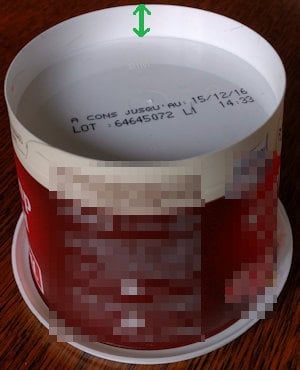
or how to make visually big size what is in fact much smaller.
Here’s just a gallery of technics how to artificially increase the product or the packing to get sales.
It may be done voluntarily (really a lie in fact) or involuntary with other criteria in mind like production or shipment, but the point here on product design is that in both cases the end-user feels trapped.
“Unintentional” deception may include cases where there is some benefit to the end-user:
- reuse of existing (big) packaging can in low volume production decrease the cost
- reuse of another production equipment
… but do that knowingly of your Customer later feeling.
Note that the technic above could easily lead to a legal case for Consumer Deception if voluntary mean is suspected

So-called marketing advises
Especially with web marketing, just Google to find tons of “marketing experts” advising
- create artificial scarcity
- create fear of losing a good deal
Primal advertisement teasing
note: for copyrights & decent reasons, we have not included the associated
pictures nor the exact wording, but you may easily imagine what it’s about
So from
- “biggest XXX ever – judge by yourself”
- “10 ways to become a Millionaire in your 20s”
- “200.000 deaths here”
- “have you got a spare $1 million in your company?”
And in general, all catch-phrases dealing with
- money
- sex
- voyeur or jealous approach
Don’t cross the red line
- get visitors
- but reach your public & your potential customer, not just anyone (think conversion, not only visitors)
- don’t be banned or wrongly categorized by search engines
Conclusion on Marketing Technics
Product design is the first step of marketing. Anything in the product should reflect the product philosophy & intended use. So tricks (or not) are part of this.
Even if you first got the lead or sell, never think the Customer is not aware of your trick: he is and will remember he had no choice
We may be naive, but really think that in the mid-term the intrinsic qualities of any product or service will rise and that the technics above serve short-term at best and degrade your long-term strategy.
–> Use the comments below to add your experiences, advice, or testimony!


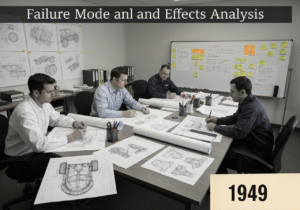
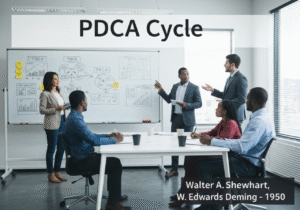


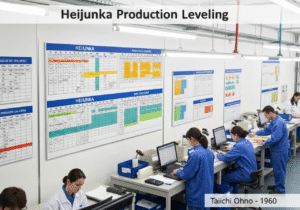
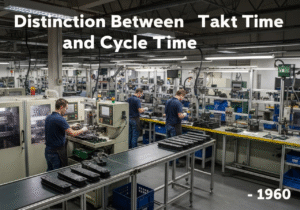
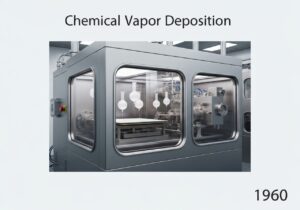

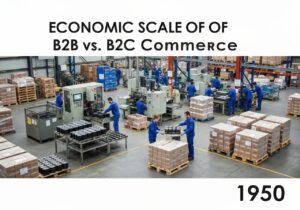
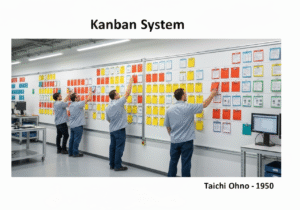
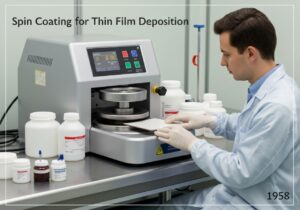

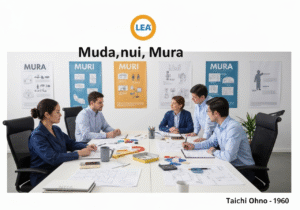
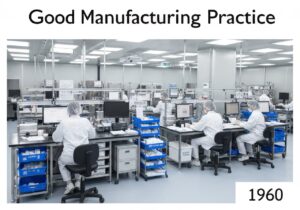








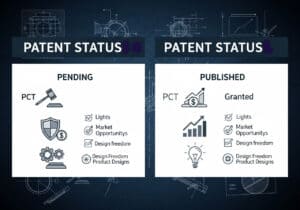

Seriously, why are companies still resorting to these shady tactics? Customers deserve better than to be brickwalled or trapped in a subscription!
Related Posts
Contamination Control Strategy & Cleanroom 26 Best Practices
From GMP to cGMP: the Full Mastering Guide
IQ OQ PQ Process Validation: Full Theory & Praxis
The “Lone Nut”, the “First Follower”, and the “Fast Follower” Strategies
Best 20 Usages of Proxies For Engineering
How to Sell Ice to Eskimos (aka Marketing Shenanigans)